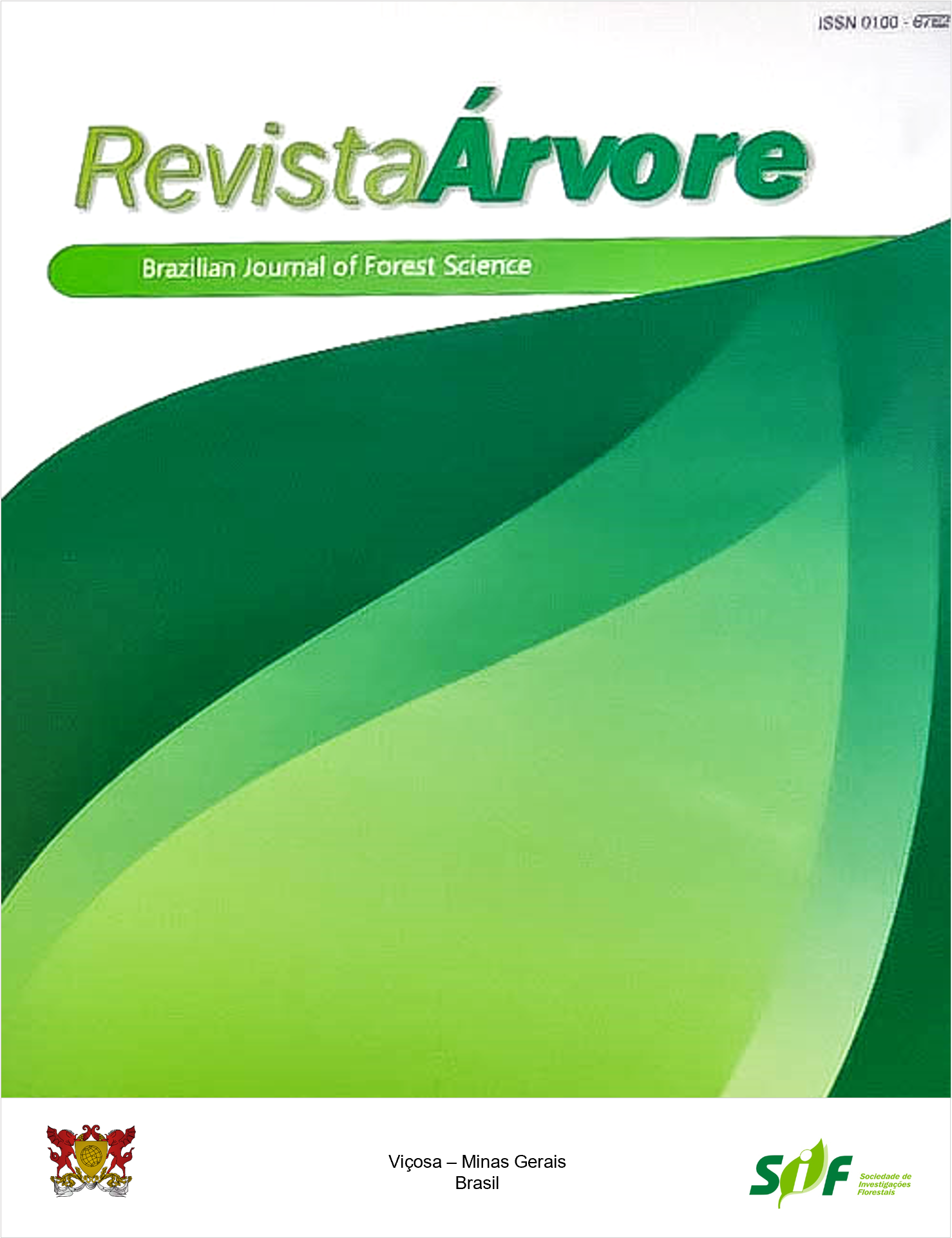WOOD AND CHARCOAL QUALITY IN THE SELECTION OF Eucalyptus spp. CLONES AND Corymbia torelliana X Corymbia citriodora FOR STEEL INDUSTRY
Keywords:
Lignin, Density, Higher heating valueAbstract
Wood from planted forests is the main input in the charcoal production chain. However, the heterogeneity of charcoal, in terms of its physical, chemical and mechanical properties, and the low yield in production processes is among the main problems faced by industries. To select the best clones for the production of charcoal for steelmaking, the objective of this work was to evaluate the properties of wood, in addition to the yield and quality of charcoal from different genotypes of Eucalyptus and Corymbia. Five clones of Eucalyptus spp., 8 years old and one of Corymbia torelliana x Corymbia citriodora, 4 years old were studied. In the wood were determined the basic density, structural chemical composition, thermogravimetric analysis (TG/DTG), crystallinity index and higher heating value. Carbonizations were carried out in a muffle oven, with a total time of 270 minutes, starting at 150°C and ending at 450°C. The gravimetric yield, apparent density, higher heating value and proximate analysis of charcoal were determined. The wood basic density varied between 477 and 652 kg/m3, with the highest value observed for the Eucalyptus cloeziana clone. This clone also had the highest total lignin content (32.6%), the highest charcoal yield (36.3%) and charcoal with the highest apparent density (466 kg/m3). The two clones of Eucalyptus urophylla had the highest heating value for charcoal, whose mean was 7545 kcal/kg. The clone of Corymbia torelliana x Corymbia citriodora, having an apparent density greater than 500 kg/m3 at 4 years of age, stood out in terms of productivity. All evaluated clones have potential for charcoal production, however, the Eucalyptus cloeziana clone stood out positively, being the most suitable for charcoal production.
Keywords: Lignin; Density; Higher heating value
Downloads
Published
How to Cite
Issue
Section
License
All authors agreed to submit the work to Revista Árvore and granted the exclusive license to publish the article. The authors affirm that it is an original work and has not been previously published elsewhere. The scientific content and opinions expressed in the article are the sole responsibility of the authors and reflect their opinions, not necessarily representing the opinions of the editorial board of Revista Árvore or of the Society of Forest Investigations (SIF).




